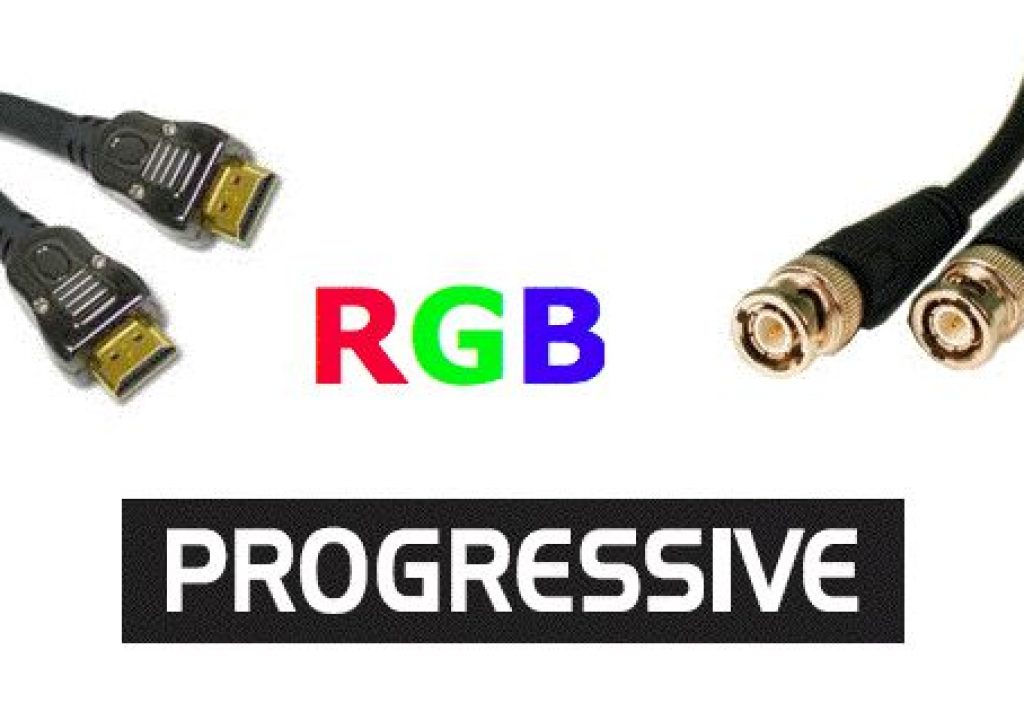Whether you already own an HP DreamColor monitor, or you are considering buying one, you need to make sure your NLE or grading system complies completely with the DreamColor Engine. In this article, you’ll see a comparison chart showing available NLE/grading interfaces from three different manufacturers that are either completely or partially DreamColor Engine compliant, depending upon your formats and framerates. You’ll also learn why one popular manufacturer does not appear in the chart.
As stated in my DreamColor monitor review, the DreamColor Engine is very demanding: it absolutely requires a true progressive digital RGB signal over HDMI or DisplayPort. Although the monitor will accept them, interlaced video and/or digital YUV over HDMI are not welcome for the DreamColor Engine. If you supply either or both of those, the DreamColor Engine will shut off, the settings for color space settings will become inactive, and the monitor will display full gamut, which is much more saturated than ITU Rec.601 or ITU Rec.709. These are some of the DreamColor monitor’s most important features. Make sure you take advantage of them by making your system deliver a compliant signal.
Click here to see this comparison chart in a full-sized PDF.
Why no Blackmagic Design interfaces in this chart?
All current Blackmagic Design NLE interface products (DeckLink, IntensityPro, and Mulibridge families) strictly deliver YUV component over HDMI. Ironically, a discontinued product from Blackmagic Design which you may already own -the MultibridgeExtreme- should work fine with the DreamColor using the MultibridgeExtreme’s DVI output, (albeit 8-bit) since by definition DVI is both true RGB and true progressive. The only detail is that it is better to connect it with a DVI<>HDMI cable, so that the DreamColor will still offer scaling or no-scaling (1:1) options, as covered in more detail in my DreamColor review. On the other hand, you will see a related, new product from Blackmagic, but not in this article. You’ll find it in the related article DreamColor converter boxes for non-compliant systems.
Three AJA options
The AJA KONA LHi for Mac (or XENA LHi for Windows) are the queens of compatibility in the comparison chart if you need 1080p50 or 1080p59.94, but will only work with a tower, not with a laptop. (Shown above with the optional breakout box.)
As you will see in the chart, there are three AJA options. The most complete of the AJA options (and in general) is the KONA LHi (for Windows, order it as the XENA LHi). If your system uses a tower (not a laptop), either of these LHi models is quite attractive unless you need some of the unique features found from Matrox or MOTU. Please see the chart for details about other modes, unique features, and their workability with the other products. If you need one for a laptop, obviously you need to check out some of the other options shown in the chart.
Four Matrox options from the MXO2 family
The Matrox MXO2 family now includes four members: MXO2, MXO2 Rack, MXO2 LE, and MXO2 Mini, and can include MAX (onboard H.264 encoding) as a factory-only option.
As you will see in the comparison chart, all of the MXO2 family products are partially compatible with the DreamColor Engine, and Wayne Andrews says that Matrox can definitely add the 1080p25 and 1080p29.97 as true progressive output over HDMI via a firmware update in the future, although he can’t give us a timeframe yet. In the meantime, you can just use any of the MXO2-family devices in those two modes and monitor as 720p. This won’t affect your final quality: it will just make the image look softer (or smaller) when monitoring. See the chart for details about other modes and their workability. Many people are interested in the MXO2 family because of its unique features, as listed in the chart.
MOTU, the newcomer to this space
The recently released HDX-SDI from MOTU has a built-in timecode reader, surround sound, and can auto power up/power down with the computer.
MOTU is a very highly regarded audio equipment manufacturer which is jumping in -full force- with its HDX-SDI, which was just released in November 2009. At first, their website didn’t clarify whether the HDX-SDI could output RGB over HDMI. However, within just a couple of hours of sending my e-mail inquiry, Jim Cooper -MOTU’s director of marketing- responded with the good news which enthusiastically confirmed that HDX-SDI already supported this in hardware (in the indicated modes and framerates) and that it would only require a very simple software update to comply. Jim is already on the road of testing the HDX-SDI with the DreamColor. As soon as he does (and releases the update), I will update the chart accordingly. Many people who have experience with MOTU audio equipment will immediately feel comfortable considering their new video products. I don’t yet have any hands-on experience with them, but I am impressed with the immediate and authoritative responses I received about the HDX-SDI’s capabilities and limitations. In the chart, you will see some of the HDX-SDI’s unique features.
Conclusion
Because our readers have so many different situations and priorities, I can’t pick an interface for everyone on a global scale. That’s why I made the chart to help you decide. Some people know that they always work with a specific spatial resolution and framerate, while others vary between projects. Others who edit for third parties need to be prepared for any contingency. This chart required much back and forth between each manufacturer. Enjoy it!
Read the related articles
- DreamColor review
- Why should I care if my monitor shows ITU Rec.709?
- Who is the ITU and why should I care?
- DreamColor converter boxes for non-compliant systems
Allan T©pper’s articles and seminars
Get a full index of Allan T©pper’s articles and upcoming seminars at AllanTepper.com. Listen to his podcast TecnoTur, together with Tanya Castañeda, Rub©n Abruña, and Liliana Marín, free via iTunes or at TecnoTur.us.

